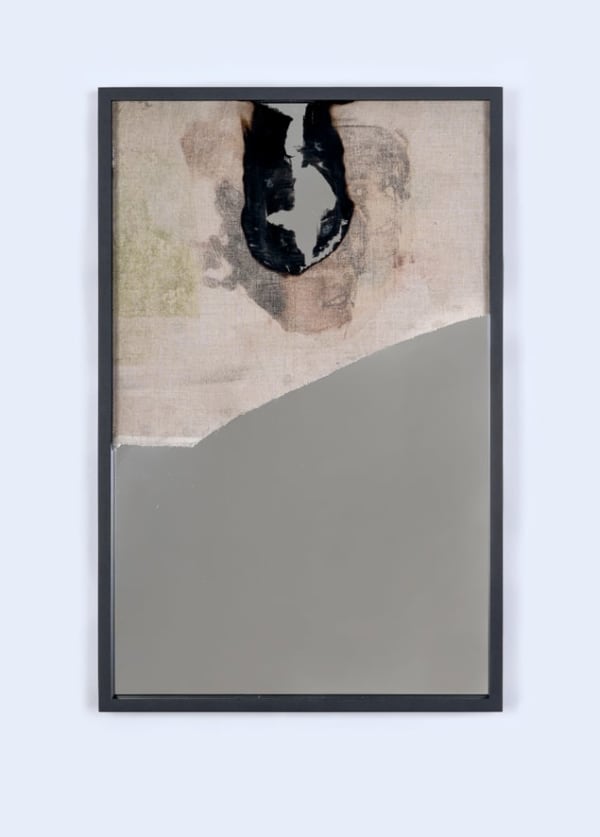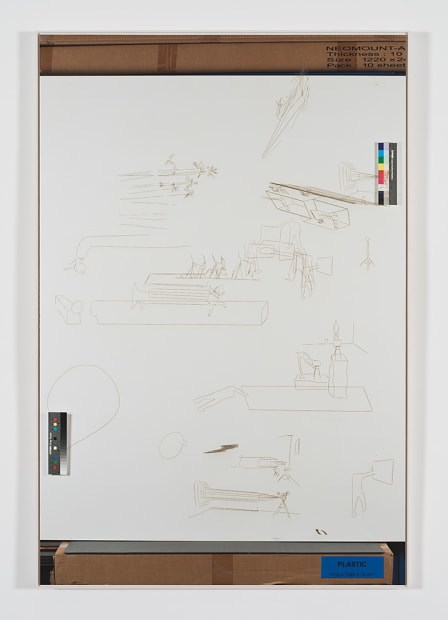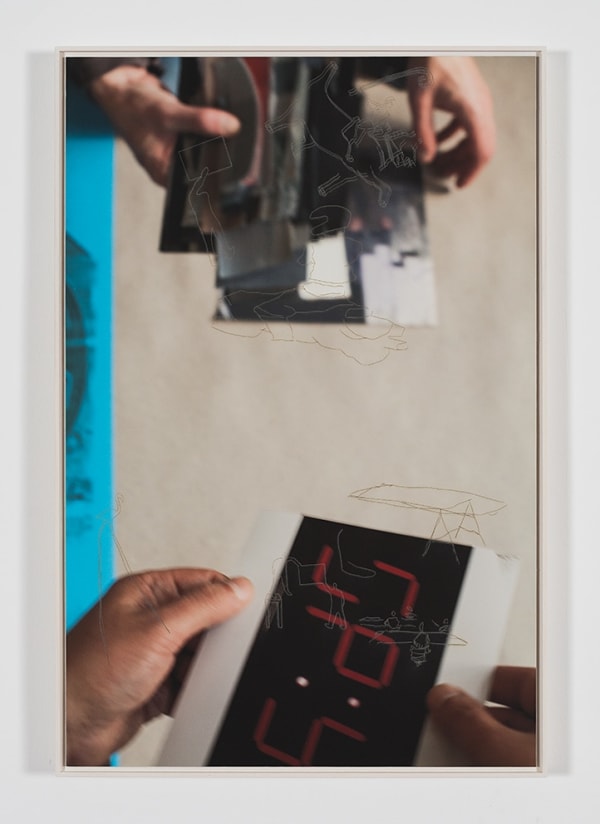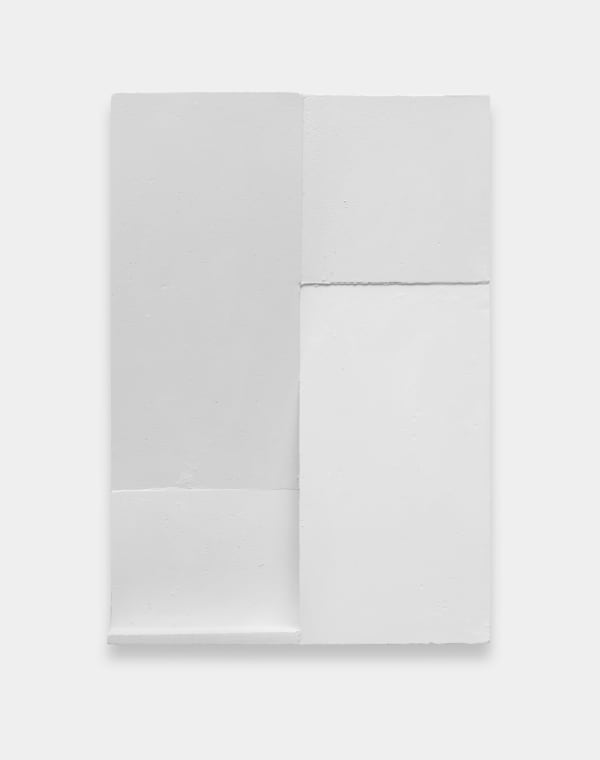Dvir / Paris
Gallery Hours
Tuesday – Thursday: 11:00 – 19:00
Friday – Saturday: 12:00 – 19:00

Douglas Gordon born 1966, Glasgow, Scotland. Lives and works in Berlin, Glasgow and Paris.
Gordon’s practice encompasses video, film, installation, sculpture, photography and text. Through his work, the artist investigates human conditions of memory, passage of time, ambiguity and the disruption of the normal as well as the binary nature and the tendency to split things into opposites: black / white, good / evil.
He won the Turner Prize in 1996, the Premio 2000 at the 47th Venice Biennale in 1997 and the Hugo Boss Prize in 1998.
Gordon’s work has been exhibited globally, in major solo exhibitions including: the Museum of Modern Art in New York, USA; TATE Britain in London, UK; Musée d’Art moderne de la Ville de Paris, France; ARoS Aarhus Art Museum in Denmark; Dunedin Public Art Gallery in New Zealand; Prisons of the Palazzo Ducale in Venice, Italy; K20, Kunstsammlung Nordrhein-Westfalen in Düsseldorf, Germany; the Tel Aviv Museum of Art in Israel; the National Gallery of Scotland in the UK; the Hayward Gallery in London, UK; as well as the MOCA in Los Angeles and the Neue Nationalgalerie in Berlin, Germany. His film works have been invited to the Festival de Cannes, Toronto International Film Festival (TIFF), Venice Film Festival, Edinburgh International Film Festival, BFI London Film Festival, Festival del Film Locarno, New York Film Festival, among many others.
Douglas Gordon, Paradise, 2021, exhibition view, Dvir Gallery Brussels

Gordon’s 'Belongs to' serie utilise acetone printing to transfer provocative softcore images from early 1960s issues of Playboy magazine onto burnt, unlevelled, and asymmetrical canvases marked by biomorphic drips of wax, acrylic paint, and unknown liquids. The transfers dilute the visibility and definition of the images to the point they become a semi-transparent superfluous tissue evaporating through the interlaced threads of the canvas that both consumes and materialises them. The new paintings juxtapose the cyclical movement of time conducted by the intermittent appearance and disappearance of the images with a sense of change and extension implied by the vague contours and positions of the canvases and the flowing drips of wax and paint.
The unpredictable topography is further intensified when observing the mirror panels against which the canvases are placed. In almost every work segments of mirror exceed the unravelled edges of the canvas or are revealed through holes in the canvas. Incorporated into the topography of the works, the mirrors expose the backside of the images and canvases as well as reflecting the dynamic scenery in front of them. The mirrors unveil the void concealed within the works, the void they emerge from and are in danger of falling into.








The series ‘Yet to be Titled’ extends Maljkovic’s practice of using his earlier works as “raw material” for new creations, exploring the nature of working, living, and city spaces. By recycling content and form, Maljkovic delves into the collective and individual experience of time and space, presenting works that create their own unique context. He often leverages the intuitive possibilities of various mediums, achieving a high level of complexity through collage and self-referentiality. The series features a network of subtle signs, fragments, and transformations, where photographs serve as backdrops for fine laser-drawn lines that echo the artist’s ongoing metamorphoses. This interplay between different realities creates the overarching theme, leading to hybrid artifacts that invite new experiences and perspectives.










El Lissitzky, Raum für abstrakte Kunst, Internationale Kunstausstellung Dresden, 1926





Untitled (Burnt Canvas) merges the two major themes and source of inspiration of Ariel Schlesinger. The first, a continuous metaphor for love and relationship and the second, creation through destruction and more specifically through fire. The canvases are forever burning each other and at the same time holding one another, thus creating an endless dance of pain and love.
* denotes required fields
We will process the personal data you have supplied in accordance with our privacy policy (available on request). You can unsubscribe or change your preferences at any time by clicking the link in our emails.
Dvir / Paris
Gallery Hours
Tuesday – Thursday: 11:00 – 19:00
Friday – Saturday: 12:00 – 19:00
Dvir / Tel Aviv
Shvil HaMeretz 4, 2nd floor
Tel Aviv-Yafo, Israel
Gallery Hours
Thursday: 10:00 – 17:00
Friday – Saturday: 10:00 – 14:00
And by appointment
Dvir / Brussels
T. +32 486 54 73 87
This website uses cookies
This site uses cookies to help make it more useful to you. Please contact us to find out more about our Cookie Policy.